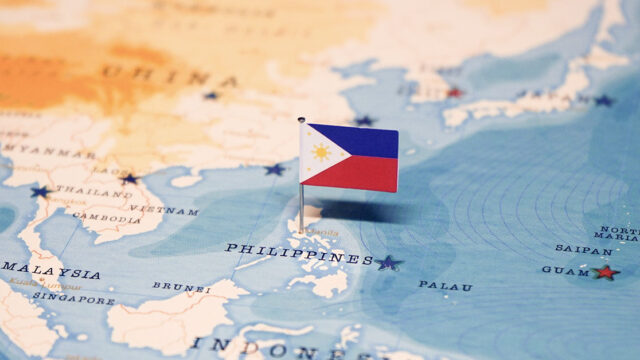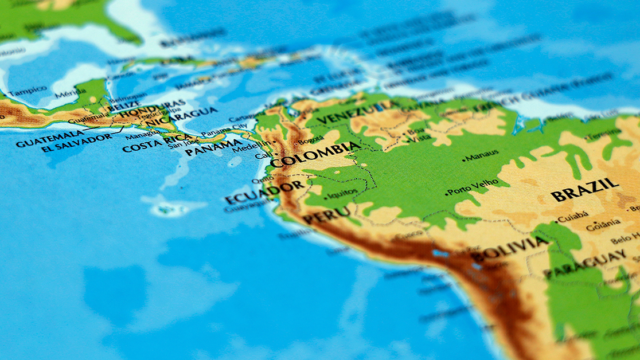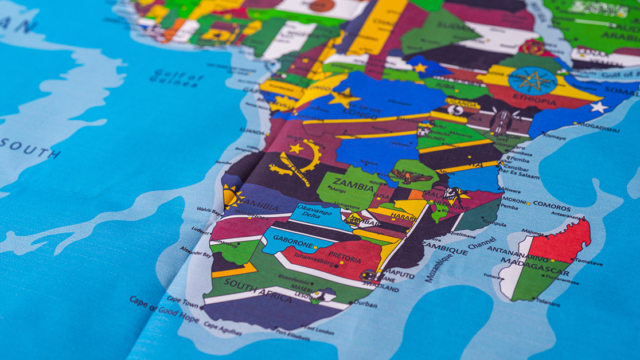In this series, we have explored the development of digital currency and remittances in South Korea and Japan. This article will focus on the Philippines, another Asian country leading in cryptocurrency adoption in the region and globally.
The Philippines' digital currency development
As of 2023, the Philippines ranked 5th globally for cryptocurrency ownership, with approximately 16 million Filipinos, or 13.4% of the population, owning crypto. The total cryptocurrency market capitalisation in the country more than doubled in 2023, rising from USD 829 billion to USD 1.72 trillion. Cryptocurrencies gained notable traction during the Covid-19 lockdowns, with many Filipinos earning a living by “farming” non-fungible tokens (NFTs) through the now-defunct video game - Axie Infinity.
A significant factor behind the rise of cryptocurrency in the Philippines is its large unbanked and underbanked population, estimated at 76%. Cryptocurrency does not require a traditional bank account; people can manage transactions directly through mobile phones. High smartphone penetration, growing internet access, and a tech-savvy population have contributed to the widespread adoption of digital payments and cryptocurrencies, especially as the country heavily relies on remittances.
Bitcoin is the most owned cryptocurrency, with an estimated 37% of Filipino cryptocurrency users holding Bitcoin. Additionally, over 400 businesses, ranging from mom-and-pop stores to boutique hotels in the Philippines, now accept Bitcoin as a payment method, underscoring its strong presence in the Philippines.
Cryptocurrency regulations in the Philippines
The Bangko Sentral ng Pilipinas (BSP), the central bank of the Philippines, oversees cryptocurrency regulation. In 2017, BSP issued Circular No. 944, outlining the registration and regulatory framework for cryptocurrency exchanges. BSP recognises over a dozen crypto exchange platforms like the Philippine Digital Asset Exchange (PDAX), Coins.ph, and Juancash. While cryptocurrency transactions are legal in the Philippines, they are not recognised as legal tender. In 2021, BSP also introduced guidelines for Virtual Asset Service Providers (VASPs), requiring all operators to obtain licences to ensure compliance with anti-money laundering (AML) and counter-terrorism financing regulations.
The Securities Exchange Commission (SEC) plans to introduce a regulatory framework for cryptocurrencies. This proposed framework would mandate strict know-your-customer (KYC) and AML measures for exchanges, protect investors and boost market trust.
What is expected to take place in the industry?
In December 2022, BSP launched its Central Bank Digital Currency (CBDC) pilot project, known as Project Agila, to enhance the Philippines’ large-value payment system. The pilot is expected to conclude by the end of the year, with BSP’s deputy governor, Mamerto Tangonan, indicating that a wholesale CBDC will be launched by 2029.
In addition, BSP has approved the PHPC, a stablecoin issued by Coins.ph, pegged 1:1 to the Philippine peso. This stablecoin aims to improve transaction efficiency and reduce costs for overseas Filipino workers (OFWs) sending remittances back home.
Remittance in the Philippines
With approximately 2.16 million OFWs, remittances play a crucial role in the Philippine economy, providing a significant source of income for many families and contributing to the country’s gross domestic product (GDP).
According to data from the BSP, remittance inflows to the Republic totalled USD 37.2 billion in 2023, making the country the 4th highest remittance recipient globally, marking a 3% growth from USD 36.1 billion the previous year. The remittances accounted for 8.5% of GDP and 7.7% of gross national income. The World Bank projects that remittances to the Philippines will continue to increase by about 3%, reaching USD 40 billion in 2024.
Filipinos can send money home through various methods, including traditional bank transfers and money transfer operators such as Western Union, MoneyGram, and local providers like Cebuana Lhuillier and Palawan Express. There is also a growing trend towards using digital wallets like GCash and Maya for international remittances. Visa’s annual digital remittances adoption report found that 75% of remittances to the Philippines were through digital platforms.







